Is the menu putting you in a prerogative of deciding between latte vs. coffee? Do you know the key differences between the two? Latte and coffee are two of the most popular beverages in the world, but they are pretty different in taste, preparation, and calories.
Coffee has been a staple beverage for centuries, but the rise of specialty coffee shops has introduced new variations like lattes. Whether you prefer a strong black coffee or a creamy latte, it’s essential to understand their differences. With so many options available, knowing which one to choose can be challenging.
This article will discuss the main differences between latte and coffee and how to master them. We will explore both beverages’ history, ingredients, brewing methods, and taste profiles. By the end of this article, you’ll better understand the differences between latte and coffee and be able to make a more informed decision the next time you step into a coffee shop.
Table of Contents
Definition of Coffee and Latte
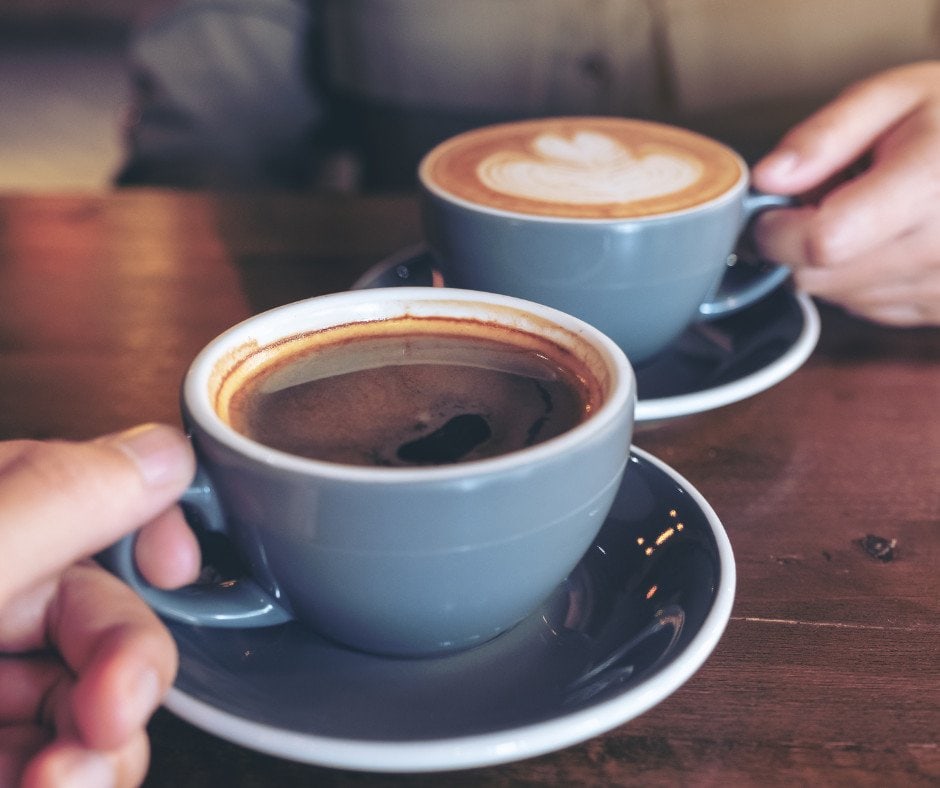
“Caffe latte” originated in Italy and is a coffee beverage made with espresso and steamed milk. Once espresso became more popular in the United States, many coffee menus started to use latte to refer to the traditional caffe latte.
Due to its Italian heritage, a latte is commonly prepared using a double espresso instead of drip coffee. The name “latte” translates to “milk” in Italian, highlighting the importance of the milk component in the drink’s preparation.
On the other hand, asking for coffee usually means black drip coffee. Moreover, we tend to think about coffee as a homemade drink. And there are dozens of ways to prepare coffee at home and any coffee shop, for that matter.
How a Latte Differs from a Cup of Coffee
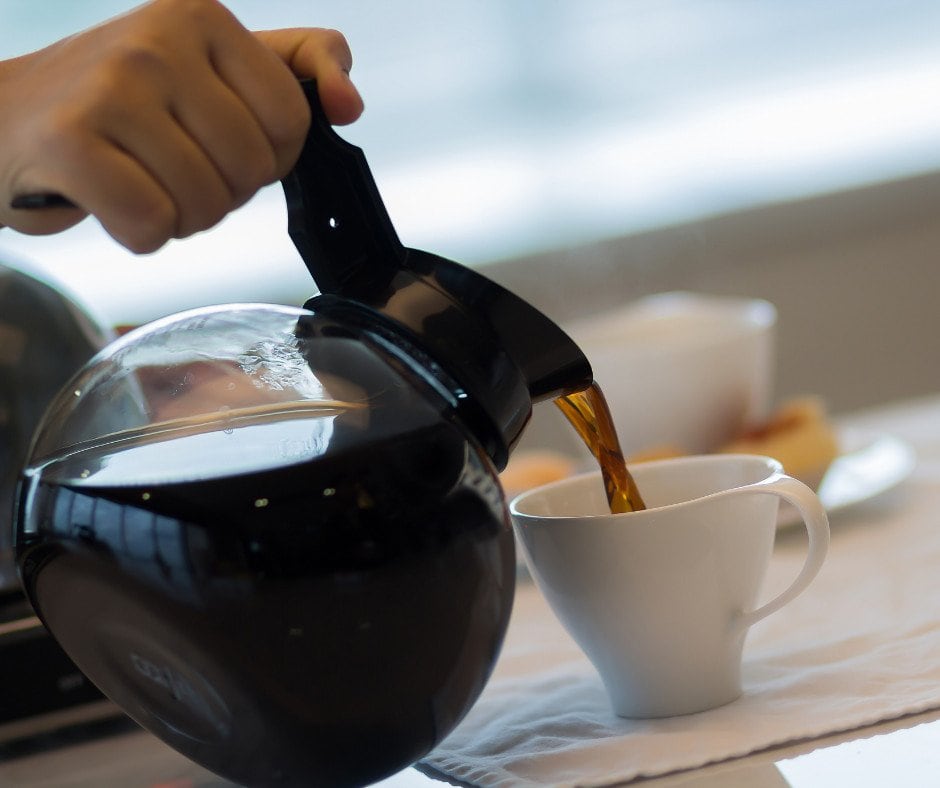
The main difference between a latte and a cup of coffee is that a latte contains milk, while coffee usually refers to a cup of drip black coffee.
A latte typically starts with a shot of espresso extracted from finely ground coffee beans under high pressure. This espresso shot is combined with steamed milk and topped off with a small amount of foam. The ratio of espresso to milk can vary, but it’s usually around 1:4. The result is a creamy, frothy beverage perfect for a morning pick-me-up or a mid-day treat.
On the other hand, coffee is typically brewed using a drip coffee maker, French press, or other brewing device. It’s made using medium-ground coffee beans and hot water, poured over the grounds, and allowed to steep for several minutes. The resulting coffee is often served black, although some prefer adding milk, creamer, or sugar to make it palatable.
Regarding taste, lattes are generally sweeter and more indulgent than plain coffee, thanks to the addition of steamed milk and any flavored syrups that may be included. On the other hand, coffee is more robust and bitter, with a pure and straightforward coffee flavor.
When it comes to calories, lattes are more indulgent than coffee. A typical latte made with whole milk can contain around 150 calories, while a cup of black coffee contains negligible calories. However, you can make a latte with lower-fat milk or less sweetener to reduce the calorie count.
Coffee Brewing Methods and Devices: Latte vs. Coffee
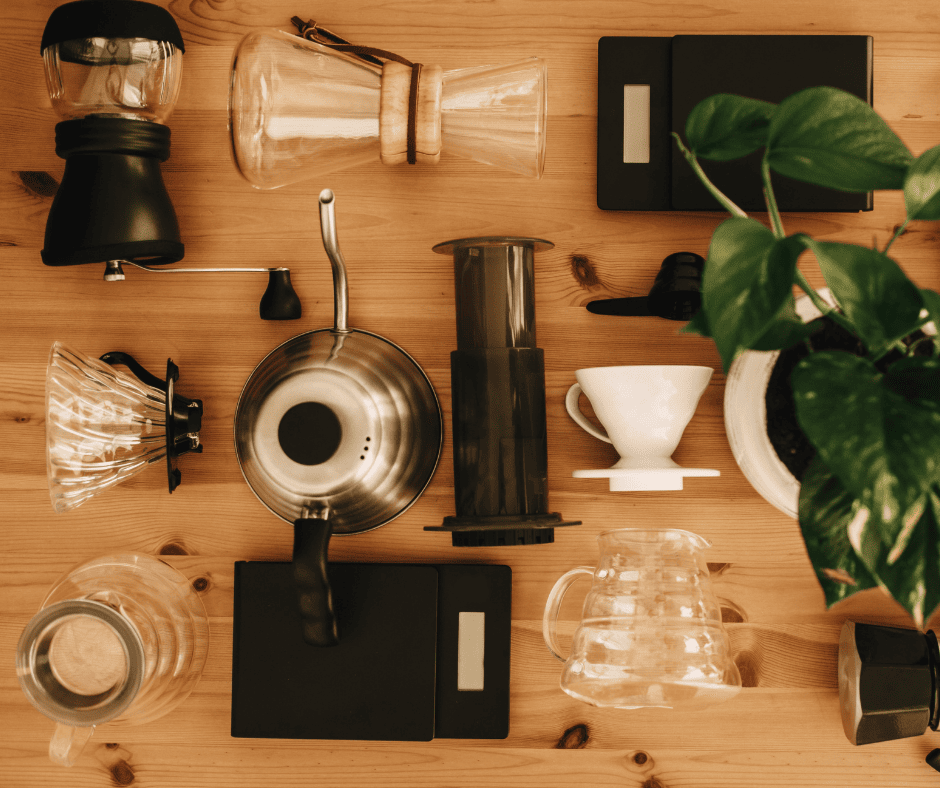
Brewing coffee is an art that requires technique and precision. While you may think that the beans and roast have the most impact on coffee flavor, the brewing method plays a crucial role in the taste, aroma, and mouthfeel of your cup of coffee.
Coffee lovers are often particular about their brewing devices, whether drip, pour-over, or French press. These coffeemakers create different flavor profiles; some are better suited for certain types of coffee, roasts, etc. But what about using espresso to mix with milk? Does the brewing method matter when it comes to milk-based coffee drinks?
Espresso is a popular choice for milk-based coffee drinks like lattes and cappuccinos. This is because it has a strong body, is more dense, and has a richer taste. These qualities provide more balance against a substantial amount of milk, resulting in a creamy, flavorful drink.
Coffee Brewing Methods and Devices: What’s better for making lattes?
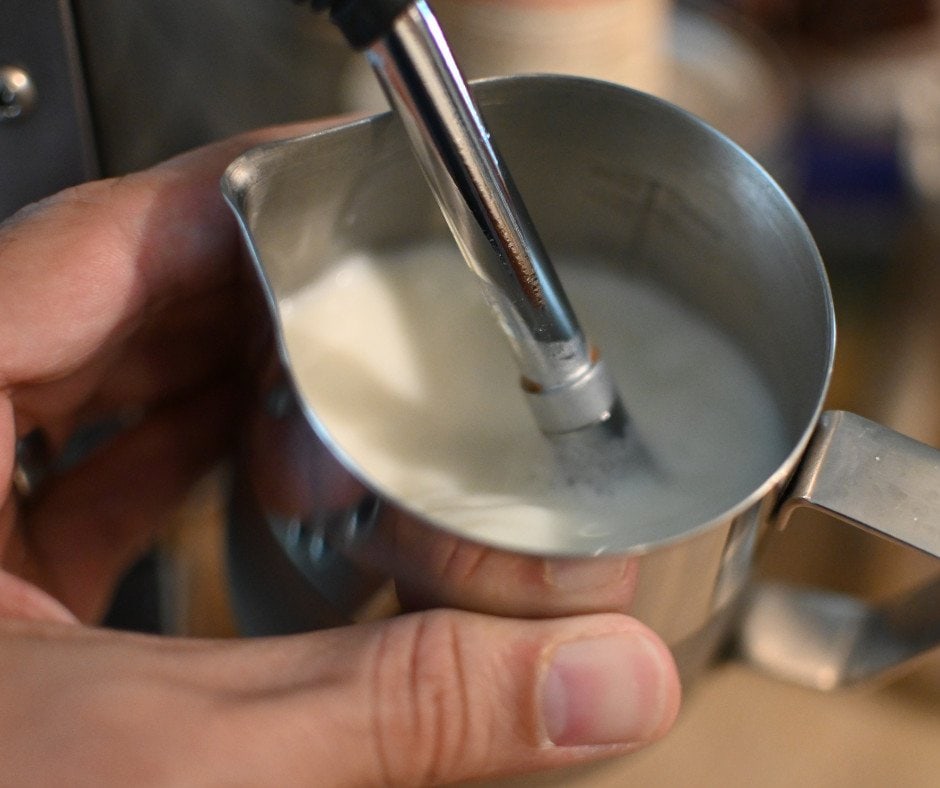
Coffee brewing is extracting flavor from coffee beans using hot water. Different brewing methods and devices exist to produce different types of coffee, each with its unique flavor profile.
The most popular brewing methods include immersion, pour-over, cold brew, and espresso. Immersion brewing involves submerging the ground coffee in hot water for a specific time before filtering it out. Pour-over method involves pouring hot water over the ground coffee, aiming for an even extraction. Cold-brewing is a slower process that involves steeping coarsely ground beans in cold or room-temperature water for hours.
Brewing devices are types of coffee makers designed to suit specific brewing methods. For instance, a French press is a brewing device used for immersion brewing, while a drip coffee maker is designed for pour-over coffee brewing.
One of the main differences between brewing methods is the coffee strength they can produce. And coffee strength is an essential factor affecting a latte’s taste, texture, and mouth feel. The strength of the coffee is determined by the amount of ground coffee used concerning the amount of water used for brewing. The stronger the coffee, the more intense its flavor and aroma. A strong espresso shot will have a higher concentration of dissolved solids, giving it a bolder flavor and more body than any coffee brewed using a pour-over or immersion method.
The brewing method and device used also impact the coffee concentration, affecting the latte’s flavor. Different brewing methods, such as pour-over, French press, or espresso machine, can extract different levels of flavor from the same type of beans. For example, an espresso machine can produce a much stronger cup than a French press due to its pressure-driven extraction process. Similarly, devices such as Moka pots or Aeropress can also affect the strength and taste of your coffee.
The brewing method and device can also impact how much flavor is extracted from the beans and how well it suits your latte art. Espresso machines are typically best for extracting dense shots and frothing milk. On the other hand, most home coffeemakers need a separate milk frother to steam milk.
How to Make a Latte at Home Without an Espresso Machine
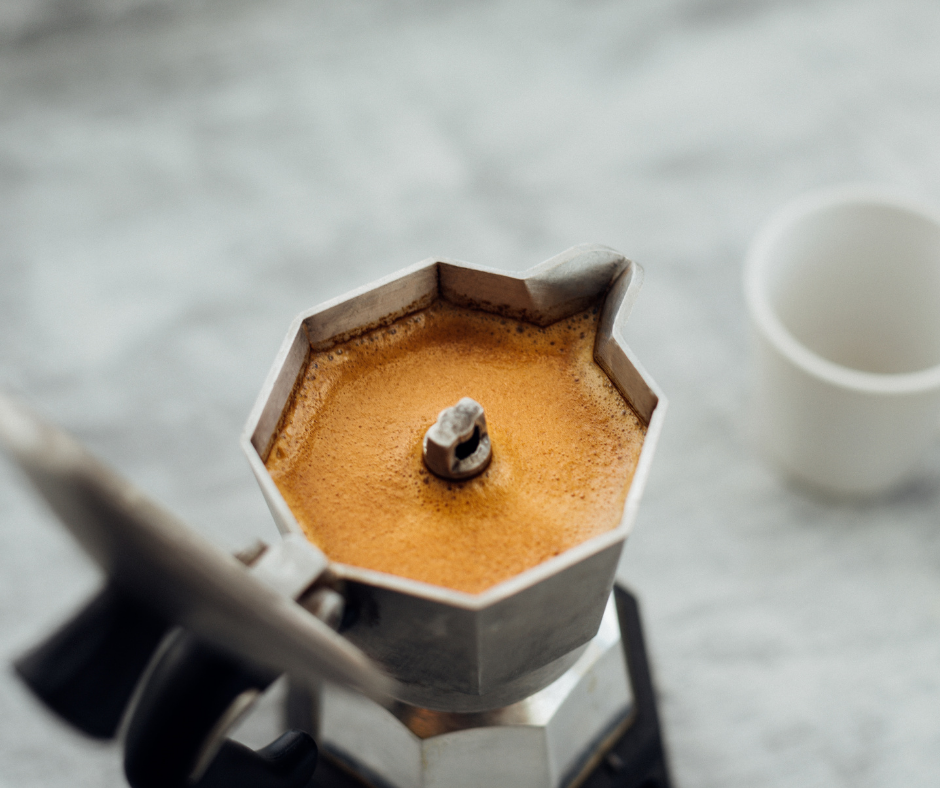
Making a delicious latte at home can be easy and fun, even without an espresso machine. All you need is the right tools and ingredients, and you’ll be able to make your café-style latte in no time.
What do you need to make a latte at home?
To make a latte at home, you’ll need a few basic tools:
- A coffee maker of your choice, preferably a Moka pot, for a stronger body and taste
- Milk of your choice (e.g., whole milk, almond milk, oat milk)
- A measuring cup
- A thermometer
- A whisk or frother
Step-by-Step Guide
- Start by brewing your favorite coffee. Check our Moka pot brewing guide if you haven’t already. Measure four ounces of strong-brewed coffee into a preheated mug.
- Heat the milk in a pot on the stove or the microwave until it’s hot but not boiling (around 140°F or 60 °C). If using a pot on the stove, use a whisk to froth the milk as it heats up.
- Pour the steamed milk into the mug with the espresso or strong brewed coffee and stir gently to combine.
- Use a whisk or frother to create more foam for your latte if desired.
- Add your favorite flavorings, such as vanilla extract, cinnamon, or cocoa powder, for an extra special touch!
Tips & Tricks
Here are some tips and tricks for making an amazing latte at home:
- Use three parts of steamed milk to 1 part espresso/coffee for best results. You can adjust this ratio depending on how strong you like your drink!
- To get perfect foam every time, try using cold milk and heat it just before frothing – this will help create more air bubbles and give you that perfect creamy texture!
- Experiment with different flavorings, such as syrups or spices, to customize your latte just how you like it!
- If you feel brutally pragmatic, mix the hot coffee, warm milk, and favorite add-ons using a blender for a few seconds. You’ll get a messy, straightforward, yet frothy latte. Sorry baristas, it works!
Presentation & Serving Suggestions
Once you’ve made your delicious homemade latte, why not take it one step further by presenting and serving it like a pro? Here are some ideas:
- Dust with cocoa powder or cinnamon for an extra special touch!
- Serve with biscotti or other cookies on the side for dipping!
- Garnish with fresh fruit slices such as oranges or strawberries for added color and flavor!
Making lattes at home can be easy and fun – all you need is some essential equipment, ingredients, and practice! With these tips in mind, you can make amazing lattes from home that taste just like those from your favorite café!


